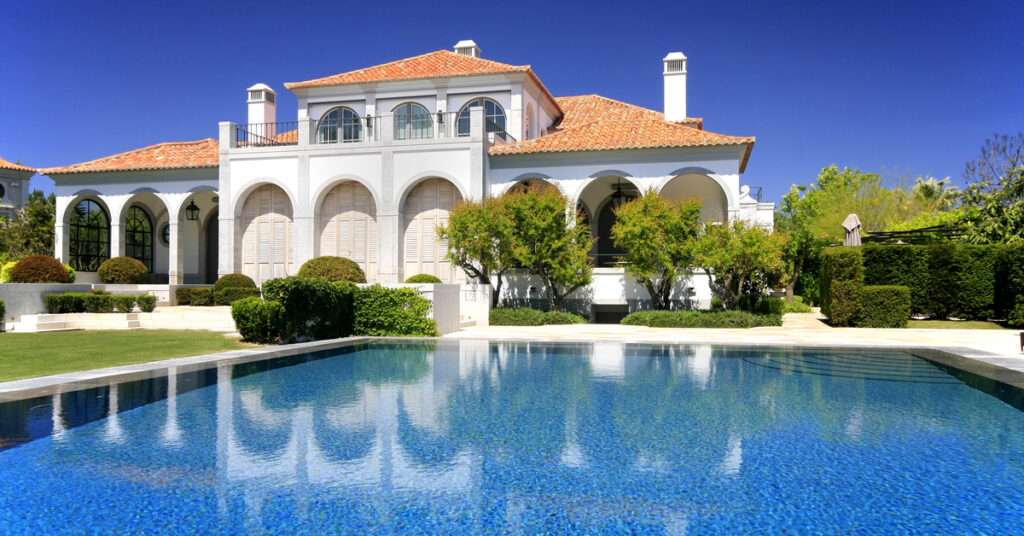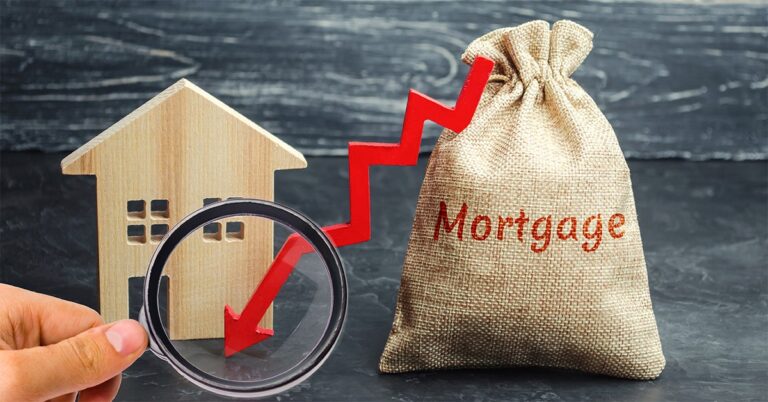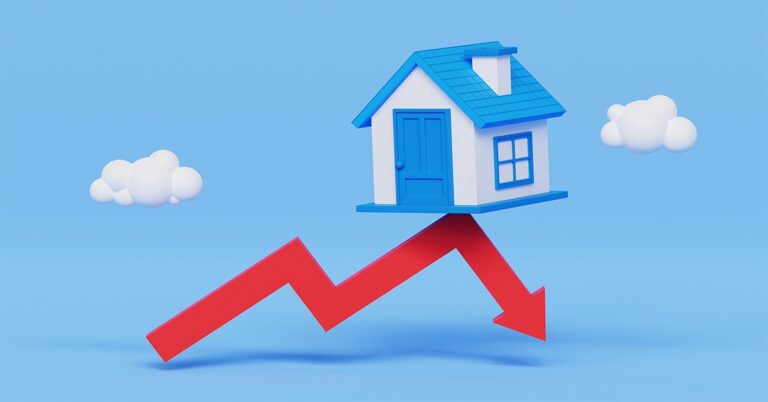Luxury home sales grew a whopping 60.7% year over year during the three months ending Nov. 30 — the largest annual jump since at least 2013, according to a new report from Redfin.
That’s almost four times the growth seen in luxury home sales during the three months ending Feb. 29, the last three-month period before the coronavirus pandemic started having an outsized impact in the United States.
The yearly sales jump in luxury properties during September to November also far exceeded the annual increases in mid-priced homes (up 14.8%) and lower priced homes (up 6.8%) during that same timeframe. While home sales in every price tier have rebounded since the initial spring plunge, growth in more affordable price ranges simply hasn’t compared to the bounce-back in the most expensive segments of the market.
“Low- and middle-income Americans aren’t out of the woods when it comes to this recession,” observed Daryl Fairweather, Redfin’s chief economist. “Affluent Americans are out of the woods, and they’re at their beach houses sipping margaritas. When times are tough, banks are most likely to dole out home loans to the people who need them the least.”
“Americans are pouring money into their homes. Sometimes that means remodeling, and sometimes it means purchasing a luxury beach house in Florida,” said Delray Valle, Redfin’s market manager in Palm Beach. “We’ve always seen luxury buyers come to West Palm Beach from New York and California, but this year, they’re also coming from Maryland, Las Vegas, Chicago and other midwestern states.
“Florida is normally a second-home state, but now it’s shifting to a primary-home state.”
Elevated activity among affluent homebuyers has also turned up the heat on the market for vacation homes, many of which are also luxury properties. Per Redfin’s data, demand for vacation homes vaulted 100% year over year in October, outgaining demand for primary homes, which grew 50% annually in the same month.
Want more news, topics and trends?
Get perspectives on the mortgage industry from thought leaders by subscribing to Scotsman Guide’s free digital editions.
One big reason for the outsized jump in the top tiers of the market? It’s a simple numbers game, at least in terms of supply. Residential inventory remains at historically low levels across the board, but luxury homes have become increasingly more available than less expensive housing of late.
Consider, for example, that the number of luxury homes on the market grew 2.3% yearly in the three months ending Nov. 30. For-sale inventory in every other price tier, on the other hand, declined. And new listings of luxury homes surged 31.5% in that same period, more than double the growth in new listings in any other tier.
Affluent homeowners simply have more means to put their homes up for sale and move around, while homeowners in other tiers have been more reserved with their properties in the uncertain economy, according to Redfin. And luxury-home supply looks to be even further on the upswing, Fairweather said, predicting that builders will increasingly focus on luxury homes as they ramp up construction.
As with other tiers of the market, the uptick in sales has led to increased competition and escalating price growth in high-end homes. Pre-pandemic, affordable homes had seen prices appreciate faster than those of luxury properties: During the three months ending Feb. 29, prices in the most affordable tier of homes grew 9.1% annually, while prices among the most expensive homes grew just 4.9%. But since, appreciation among tiers has equalized and even reversed, with the most affordable homes saw 8.6% annual price growth during the three months ending Nov. 30, compared to a 9.0% price gain in the luxury tier.
“The luxury housing market is becoming increasingly competitive, in part because the pandemic has put a premium on luxury features like pools, home offices, spare rooms and fancy backyards,” Fairweather said. “Details that were once considered luxuries are now considered necessities by many homebuyers.”








